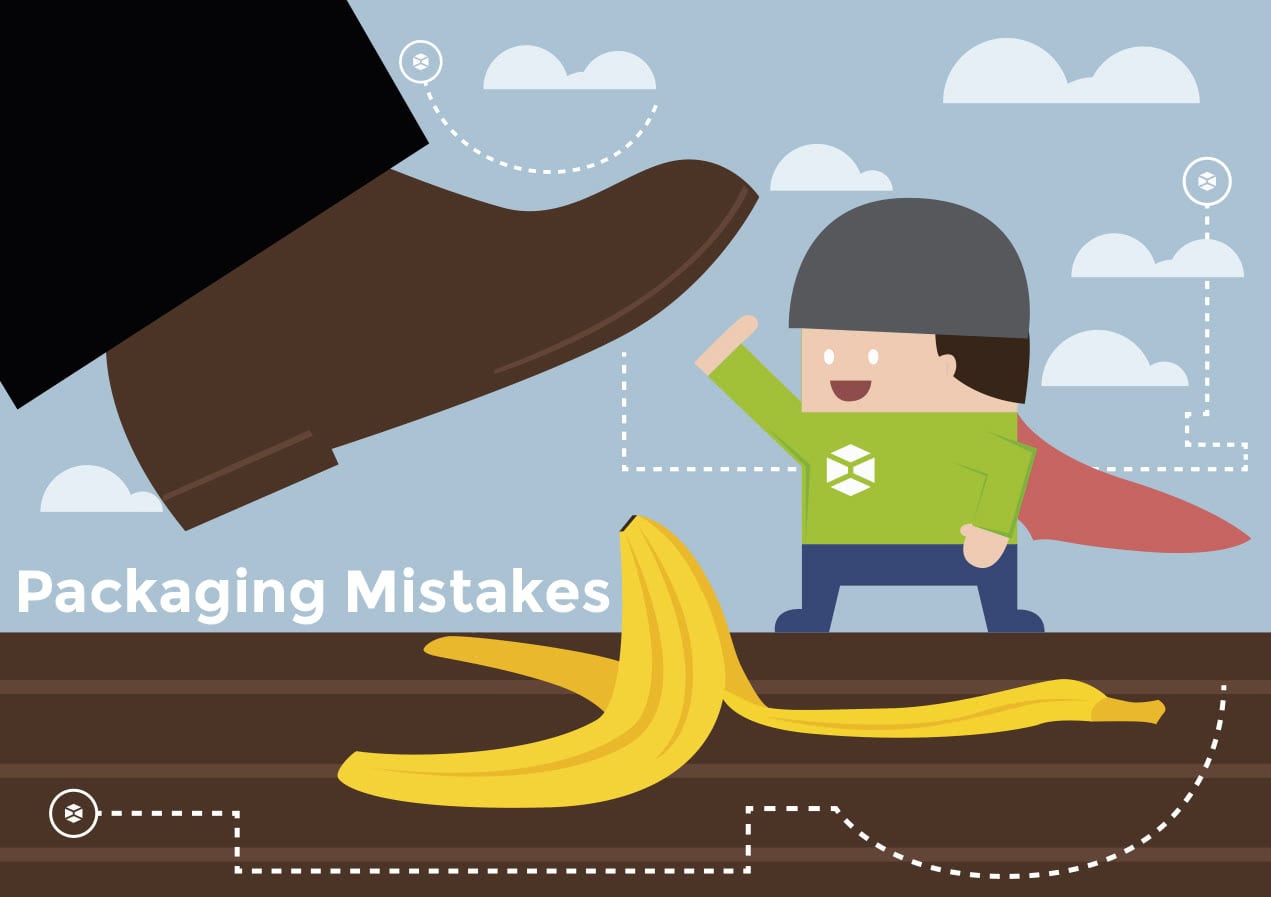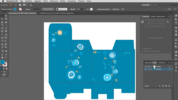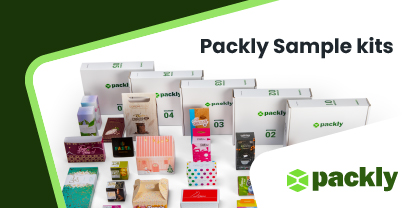To be effective and successful, a packaging must be developed with care and attention. In this article, we will see how to avoid the 4 most common mistakes that occur when designing a box:
1. Underestimating the importance of the briefing
Starting with the right foot is crucial, and the best way to do it is to carefully gather all the necessary information during the briefing with the customer.
The most important information to gather is related to:
– the product (main features, key differentiators, …)
– the market (price, target audience, competitors, …)
– the technical characteristics of the packaging (primary or secondary packaging, manual or automatic filling, structural characteristics, …)
The collection of all this information is the starting point to the development of the project. Often, due to lack of time or limited personnel, this step is underestimated, or worse, ignored completely, thus causing disastrous consequences in the design of the packaging and the satisfaction of the client and of the end users.
2. Unclear and confusing communication
The packaging must communicate the main message in a simple, effective and understandable way. You must find the right balance between text and images; leave no room for doubt; prioritize the messages to be communicated, without giving in to the temptation of wanting to provide too much information in a limited space. Often the golden rule is to “limit” yourself to communicating the essential, without exceeding. Here, the saying “Less is more” is quite appropriate.
3. Creating a packaging that is little (or not at all) functional
Packaging is essential and plays several crucial functions, such as: protection and containment, security and safety, handling, etc.
In addition to thinking about the design of a packaging that can increase sales and improve brand recognition, it is very important to check that the packaging functions properly, has no faults in the closing or opening mechanism, and can last for a long time, if intended for a product with extended use. The end user should have a unique user experience starting from the very first opening of the package.
In some cases, the lack of technical knowledge, the desire to create an aesthetically pleasing packaging but with potential structural limitations, the unavailability of a specific packaging design software and the lack of adequate testing of the mock-up lead to the creation of a non-functional packaging with possible technical faults.
4. Lack of proper testing
Testing a packaging through the purchase of a simple mock-up can help you avoid the most common and trivial mistakes (such as typos or graphic design inaccuracies) and also more serious oversights such as those related to the technical aspects of the packaging (for example: the material used is not suitable or not very resistant with respect to the weight of the product that it has to support, etc.).
Ordering a mock-up is the best way to ensure that the packaging is working properly, and to avoid mistakes that could adversely affect the final result.
Conclusions
To create a winning packaging, all you have to do is effectively manage the briefing, determine the main message that the packaging must convey to avoid confusion in the consumer, consider the functional aspects of the packaging, and perform tests using mock-ups.
By following these simple yet important guidelines, success is guaranteed.













